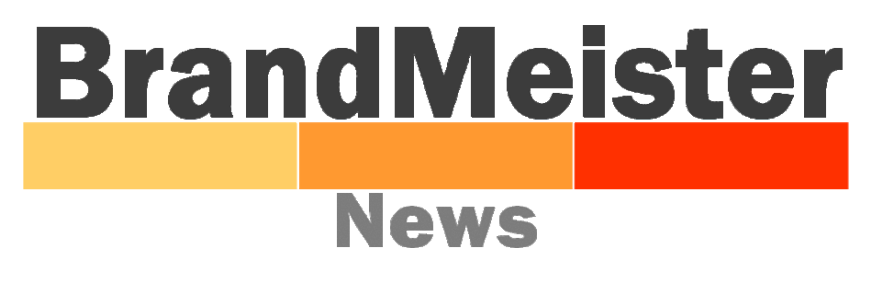
What is DMR Radio?
Digital mobile radio (DMR) is an open digital mobile radio standard defined in the European Telecommunications Standards Institute (ETSI) Standard TS 102 361 parts 1–4[1] and used in commercial products around the world. DMR, along with P25 phase II and NXDN are the main competitor technologies in achieving 6.25 kHz equivalent bandwidth using the proprietary AMBE+2 vocoder. DMR and P25 II both use two-slot TDMA in a 12.5 kHz channel, while NXDN uses discrete 6.25 kHz channels using frequency division. The standard has become popular within the amateur radio community due to the relative lower cost and complexity compared to other commercial digital modes.
DMR was designed with three tiers. DMR tiers I and II (conventional) were first published in 2005, and DMR III (Trunked version) was published in 2012, with manufacturers producing products within a few years of each publication.
The primary goal of the standard is to specify a digital system with low complexity, low cost and interoperability across brands, so radio communications purchasers are not locked into a proprietary solution. In practice, many brands have not adhered to this open standard and have introduced proprietary features that make their product offerings non-interoperable.
DMR was designed with three tiers. DMR tiers I and II (conventional) were first published in 2005, and DMR III (Trunked version) was published in 2012, with manufacturers producing products within a few years of each publication.
The primary goal of the standard is to specify a digital system with low complexity, low cost and interoperability across brands, so radio communications purchasers are not locked into a proprietary solution. In practice, many brands have not adhered to this open standard and have introduced proprietary features that make their product offerings non-interoperable.
